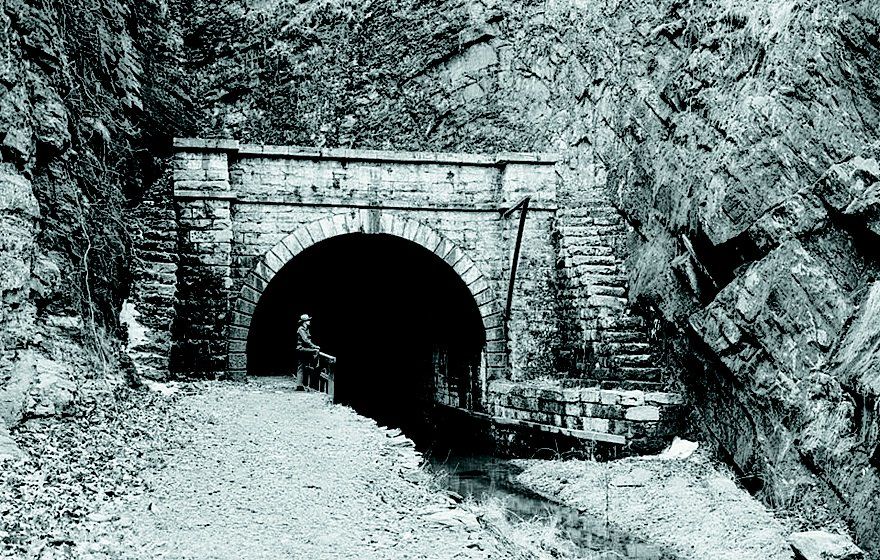Released in 1999, The Blair Witch Project was marketed as a documentary-style film that is based on true events. The film producer employed a number of techniques such as shaky camera work and amateur actors to create an atmosphere of authenticity and make the film seem realistic.
This led to a heated discussion among filmgoers as many believed that Blair Witch and the disappearance of the three student filmmakers were real. However, it was later revealed that the entire movie is entirely fictional, and that the events depicted in it are not real. The story of the three student filmmakers, Robin Weaver, and Rustin Parr were completely made up by Julia Fair, film producer of The Blair Witch Project.
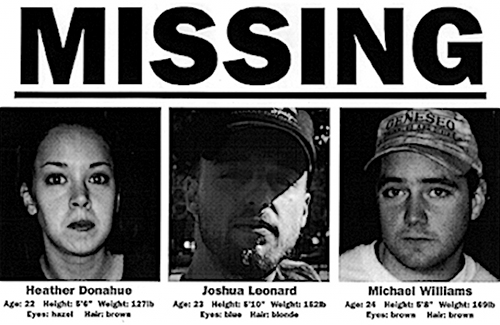
The Blair Witch Project tells the story of three student filmmakers who venture into the Black Hills Forest in Maryland to film a documentary about the legend of the Blair Witch. The students, Heather, Mike, and Josh, are never seen again, and the film mainly consists of the footage they recorded during their trip. The movie was a huge success when it was released, grossing over $250 million worldwide. It is widely considered a pioneering work in the found footage genre and had sparked a found footage craze in the film industry.
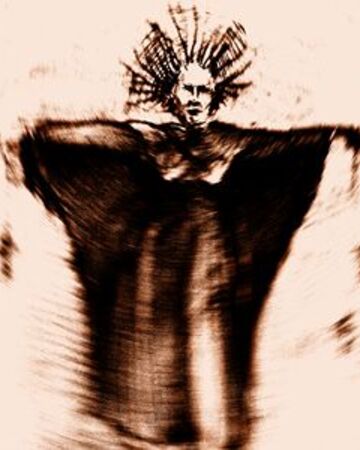
Many had believed in the haunting legends of Blair Witch and the student’s disappearance due to the ingenious marketing campaign carried out by the film studio:
- A fake website detailing the discovery of the found footage was created
- Missing-person posters of the actors were distributed at movie screenings
- Photos of fake police reports regarding the trio’s disappearance were circulated over the internet.
However, it is important to remember that the Blair Witch Project is a work of fiction and that the events depicted in the movie are not real.
Burkittsville Town and The Blair Witch Project
The history of Burkittsville dates back to the early 18th century when settlers moved in to the region. Burkittsvile was named after Henry Burkitt, one of two early settlers who helped found the community of Burkittsville.
The small town was the epicenter of the Battle of Crampton’s Gap (September 14, 1862), a battle that preluded the Battle of Antietam (September 17, 1862) in the American Civil War ((April 12, 1861 – May 9, 1865).
In 1999, Burkittsville was thrusted into the international limelight with the release of the The Blair Witch Project. The fictional horror film revolves around the recovered footage of three missing student filmmakers who hiked into the Black Hills at Burkittsville, Maryland, in search of a local legend known as the Blair Witch.
The Blair Witch Project, which popularized the “Found Footage” technique, went on to be one of the most successful independent film ever released, grossing nearly $250 million worldwide with a budget of $200,000.
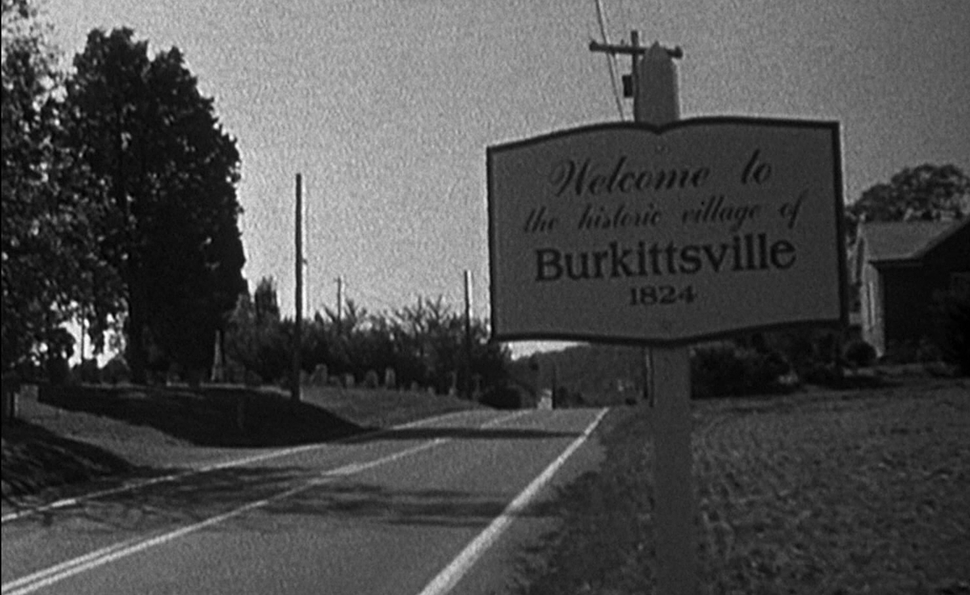
While the narrative of The Blair Witch Project was set in the town, many of the scenes including Coffin Rock, Black Hills, and Black Rock Road, were shot at Germantown and Seneca Creek State Park, not Burkittsville as depicted in the movie.
The success of the film led to many unwanted attention as fans and thrill-seekers flocked to the small town to ‘relive’ the final days of the student filmmakers. It did not take long before the four welcome signs reading “Welcome to the historic village of Burkittsville, 1824” disappeared; the missing signs was replaced with metal signs (paid for by Artisan Entertainment, who owned the rights to The Blair Witch Projects) welded to metal poles.
The metal signs were auctioned off in 2007 and are replaced with new signs designed by the Burkittsville community.
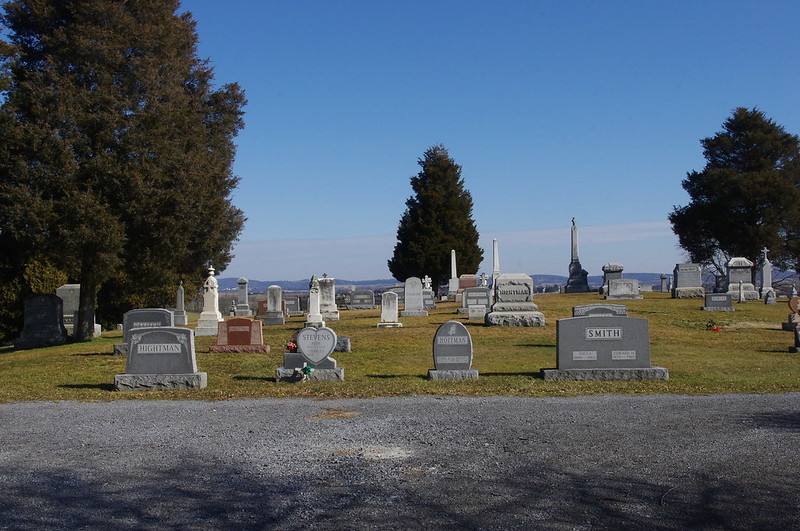
That said, the local community have also capitalized on the opportunity, selling an array of merchandise ranging from “The Blair Witch Project T-shirts to “Blair Witch rocks” and dirt from the Burkittsville cemetery.
In 2016, Blair Witch (also known as Blair Witch 3), a sequel to the original 1999 film (ignoring the Book of Shadows: Blair Witch 2 in 2000) was released. The new film prompted Burkittsville to go into a minor lockdown. Side streets leading to the town’s main road were chained off; hotel rooms in the town were redirected to the nearby towns of Middletown and Brunswick; welcome signs were taken down to prevent any burglary as happened in 1999.
Murders at Coffin Rock
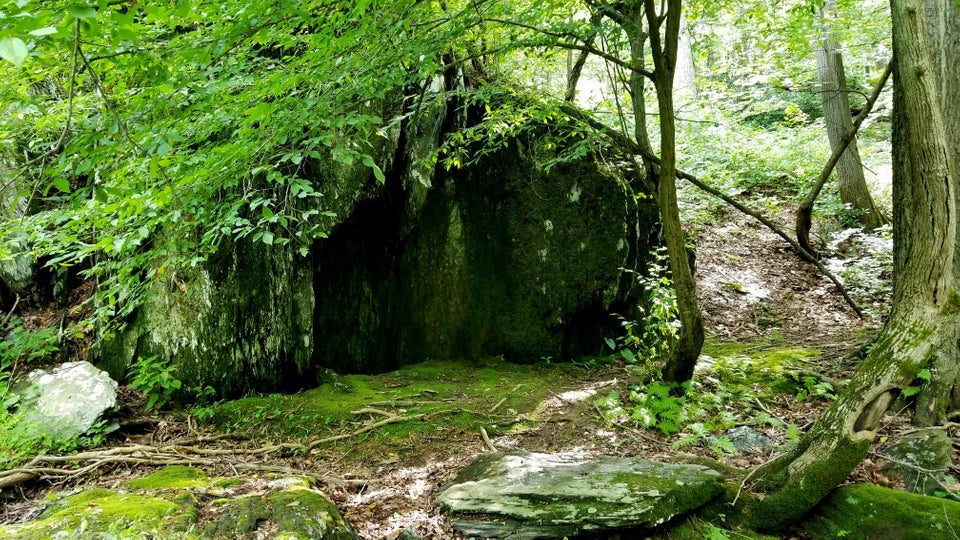
The haunting legend in The Blair Witch Project speaks of a gruesome massacre that happened at Coffin Rock, a large rock formation, back in 1886. The story talks of a young girl named Robin Weaver who entered the woods north of Burkittsville and disappeared, only to return three days later unharmed.
Back in the town safe and unharmed, Weaver retold her encounter of an “old woman whose feet never touched the ground” while looking for a way out of the woods.
A search party that went looking for Weaver was later found ritualistically murdered at Coffin Rock. Their bodies were found tied to one another with their torsos disemboweled; the flesh of their faces was inscribed with indecipherable etching, seemingly to curse the five men to eternal damnation. When the second search party that had discovered the bodies returned with the law enforcement, the bodies had vanished.
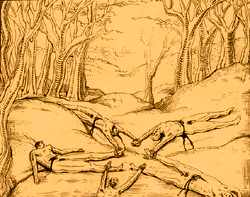
The movie continues with the haunting tales of Rustin Parr, a serial killer who in the 1940s, ritualistically murdered seven children in a similar fashion in the basement of his forest hut near Coffin Rock; he was supposedly under the “instructions” of the Blair Witch. According to the infamous legend, Blair Witch is the ghost of Elly Kedward, a woman banished from the fictious town of Blair Township for practising witchcraft in 1875.

